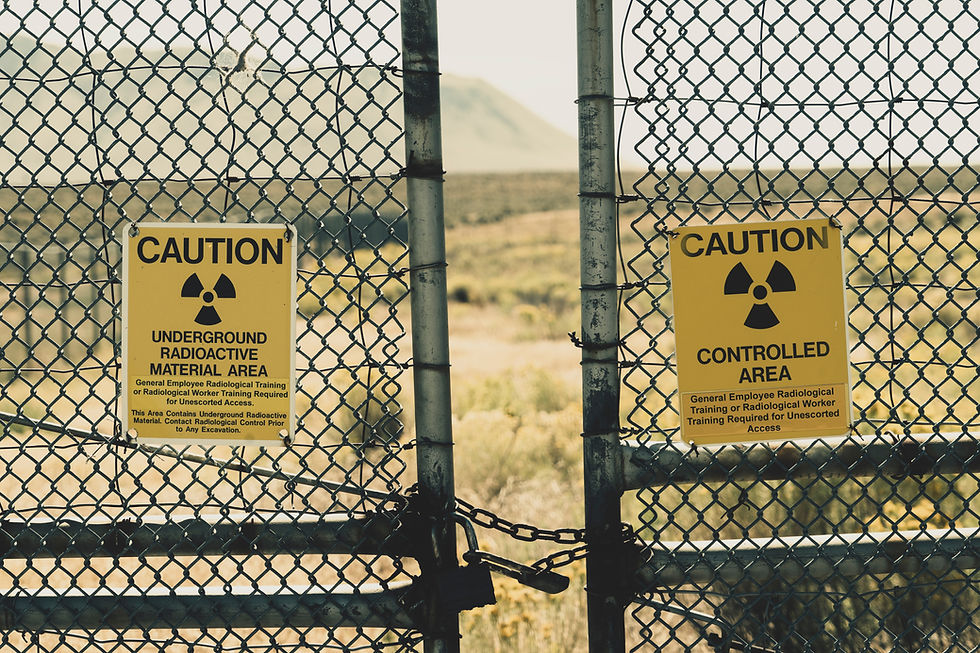How strong are dental x-rays?
- Dr. David Alfaro
- Feb 15, 2020
- 2 min read

Dental radiographs (x-rays) are a necessary part of every new patient examination. Without them we really cannot make a thorough diagnosis.
Patients wonder if the x-rays are doing more harm than good and we often end up repeating the same information, so I figured I would write a little about it.
What are dental x-rays anyways?

X-rays are beams of electromagnetic radiation that are at a frequency higher than visible light. When they pass through human tissues, some are absorbed, some are scattered, and some pass straight through. For dental x-rays, how much passes straight through depends on how much mineral is in the tissue (bone vs teeth vs gums); areas where the x-rays pass through easily (gums, tooth decay) hit the sensor in higher quantities, appearing dark on the radiograph, and areas that block the x-rays (metal, enamel) have less radiation hit the sensor and appear white on the radiograph.
Interpreting dental radiographs is not an absolute science; they only give us an idea of what is going on. A true diagnosis involves radiographic and clinical analysis. Both are required.
How do we measure x-ray strength?
Radiation can be measured by how intense the x-rays are, how much is absorbed by the tissues, or by what their effect is on the tissues. In dentistry, we most commonly use the last of those, sieverts (Sv) or Microsieverts (µSv).
Read more about radiation here: https://www.ccohs.ca/oshanswers/phys_agents/ionizing.html
What do those numbers mean?

Have you ever flown somewhere on vacation? Did you worry about how much radiation you were going to be exposed to on the flight?
Not many people are aware that you get exposed to radiation every time you take a flight. If you fly from Vancouver to Toronto, you probably absorb about 35 µSv of radiation.
We are being hit by radiation all day from environmental sources. If you live in Vancouver you can absorb 1 200 µSv a year, and in 4 100 µSv in Winnipeg.
How does that compare to dental x-rays?
With today's modern digital x-ray sensors, we have SIGNIFICANTLY reduced the amount of radiation that we use to capture images.
A full set of digital x-rays (12-16 images) can be lower than 20 µSv!
The 4 "bitewing" radiographs that we take every 6-24 months (depending on caries risk) is around 5 µSv.
Dental X-rays are less radiation than taking a plane somewhere!

The effect of radiation is cumulative over your lifetime so even though the dosage is extremely low, we are not going to be zapping you without reason. When we recommend x-rays, it is because they are needed for a diagnosis.
So the next time your dentist recommends some x-rays, hopefully you recall this article and are not so concerned with the amount of radiation that is required to make that radiograph, but are more interested in the recommendations made from the examination. As you can see from this image, there are many problems hiding within these teeth so the information is very useful! Totally worth the amount of radiation!
Thanks for reading!
Dr. Dave



































